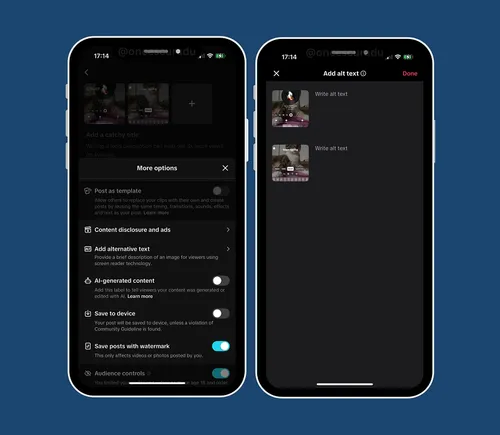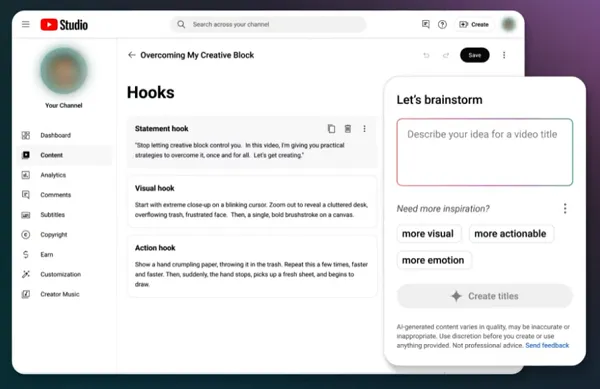This year’s Dreamforce and Inbound user conferences were all about AI agents.
“When we look back at this event years from now, you’re going to remember it as the year of AI agents,” said HubSpot co-founder and CTO Dharmesh Shah.
“The only thing we’re going to do at Salesforce is AgentForce,” said CEO Marc Benioff. (So long Customer 360 and Data Cloud, hope you enjoyed your time in the spotlight.)
Having the same focus sapped the excitement out of both pep rallies, and many attendees reported being underwhelmed by the events. The reason for the similarity between Dreamforce and Inbound is the similarities between the various generative AI models. Similar models result in similar innovations.
Salesforce and HubSpot are right about the importance of agents. Why this is true also illustrates the problem confronting the entire genAI industry. A problem that’s a great opportunity for marketers.
What is an AI agent?
An agent is software that uses AI and tools to accomplish a goal that requires multiple steps.
To quote Chris Penn’s must-read blog post, “If this sounds like an app, it is. ‘AI Agent’ is just fancy, expensive language for a self-driving app.”


They are best suited for handling repetitive tasks with predictable outcomes. Things like creating reports out of regularly arriving or being shopping assistants, price optimization, consumer-facing chatbots and customer service.
Dig deeper: How to build interactive applications with generative AI
“A lot of people think AI Agents are just chatbots, in the same way they think of ChatGPT as just a blog post writing tool,” again quoting Penn. “Yes, they can do that. But using it just for that purpose is like taking a Harrier [VTOL fighter jet] to the grocery store. It can do that, but it’s capable of so much more.”
To the prompt store!
Fortunately for most marketers, many companies offer low code/no code ways to create agents via premade modules. Among them are Salesforce’s Agent Builder and HubSpot’s Agent.AI (Dharmesh Shah: “Agent.AI is the number one professional network for AI agents. It’s also the only professional network for AI agents.”).
So, yay for agents. The only reason to choose one agent creator over another is if you are already enmeshed in that company’s ecosystem. Therein lies the problem for AI companies: For most users, there is no difference between the products businesses are spending hundreds of billions of dollars on.


Here’s an example: I mostly use AI to generate summaries of articles to post on LinkedIn. My go-to is Perplexity, with Gemini as a backup. Why? Perplexity can find the article as soon as it is published, while Gemini needs about five minutes. Other than that, the results are indistinguishable. They both add false information or give me a summary of a non-existent article at about the same rate. When that happens, I try the other AI. When they both suck, I wait a little and try them again.
Or look at the illustrations here and above. One is DALL-E 3HD, the other is OpenAI HD and the fact that I can’t remember which is which says all you need to know.
Experts tell me there are differences between the latest ChatGPT and Gemini models. One can do things the other can’t (I don’t remember which one does what). However, only sophisticated, power users need or will notice that difference. Also, these systems catch up to each other very quickly, so it’s unlikely to be a long-term advantage.
Is the exuberance rational or irrational?
AI is now a commodity as far as most users are concerned. When a product becomes a commodity, one brand is as good as another and price is the only differentiator. That is good news for people who use AI, but incredibly bad news for the AI industry.
“We estimate that the Al infrastructure build-out will cost over $1 trillion in the next several years alone, which includes spending on data centers, utilities, and applications,” wrote Jim Covello, Goldman Sachs’ chief technology analyst, in a now famous investment brief about AI. “So, the crucial question is: What $1 trillion problem will Al solve?”
Dig deeper: How to use ChatGPT to simulate martech tools and marketing strategy
VisiCalc’s spreadsheets made PCs essential for business, but AI lacks an equivalent killer app. It can do many impressive things: Automating processes, finding patterns in gigantic data sets, and generating springboard images and text to better ideas. But increased efficiency alone won’t ever justify AI’s price.
Happily, the use cases with the best ROI are mostly marketing-related. If you’re not already on the AI bandwagon, get on board. Take advantage of the hundreds of billions of dollars other people are spending to make your job easier! Do it now, before investors start asking pesky questions like, “Where’s my money?”




































































